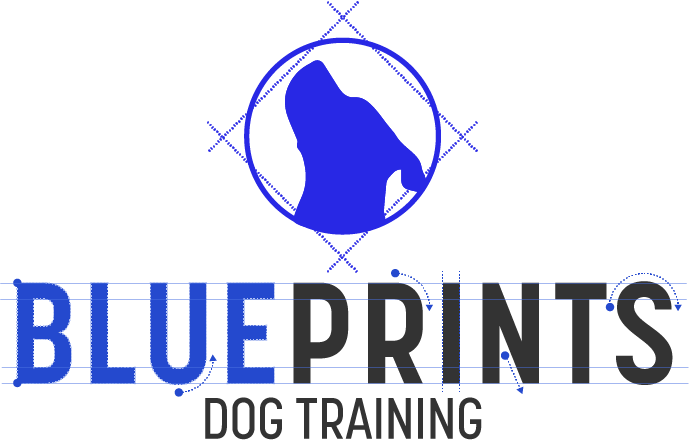Can I play Tug of War with my dog?
Play Tug of War has long been a debatable topic. Many insist that this game causes aggression, since it is often accompanied by growling from our dogs. The important thing to note is that while there may be vocalizations, there shouldn’t be any other aggressive body language. A dog who is truly playing should have a loose body and soft features. You should be able to pause games and take breaks.
Tug of War is not about proving strength or winning! It’s about playing. In fact, it’s recommended that you allow your dog to win often so that your dog can show you that they want to continue to play by bringing the toy back. Pursuing your dog when they take the toy away from you, is not the objective of Tug of War and can actually cause your dog to begin guarding objects.
Just like any game, Tug is absolutely okay to play, we just need to follow some general rules.
Your dog’s teeth must stay on the rope – be sure you’re using a rope or toy that is long enough that your dog has plenty of space to maneuver in between your hands, while you hold both knots with your hands. If their mouth is moving towards your hand, stop playing and see if they want to continue the game. My guess is they probably need a break.
It’s not about “winning” – it’s about tugging! Your dog is excited by the tension and release. If you’re continuing to add tension, or they’re continuing to add tension – the toy is still “live” and the game is still on! Focusing on who needs to win, can add intensity to the innocent fun. Let your dog win sometimes, it keeps the game engaging. Nobody wants to lose all the time.
Keep the rope level with your dog. If you’re pulling it upwards, you’re more likely to take a rope to the face or have your dog jump upwards behind it. Keeping the rope level with their body is better for their bodies and ours. It’s best to keep the toy at arm’s length from your body and not lean over the dog or try to handle them while they are playing tug with you.
Some basic principles for playing should be:
Each time you are going to begin a round, make sure your dog is being appropriate. We don’t want to initiate the game if they are jumping or barking, so wait for them to offer calm. This might look like keeping 4 feet on the floor and not barking, it might look like performing a sit or touch behavior.
Vary the rounds so they are not always long and intense. 15-30 seconds is a great round!
If your dog “wins” and takes the toy away, wait for them to bring it back to you or to drop it before you attempt to re-engage in the game. Your dog might be taking the toy away because they’re done playing.
Cue them to take the toy. Give a cue like “take” or “tug” then offer the toy. It’s best to practice this cue in a calm manner, possibly after you’ve already played, so your dog is less intense. I try to teach this by sitting on the floor and playing very lightly. I also use this opportunity to work on “Drop” or “Give”. Essentially it’s just a trade game with a little tug in between.
If your dog touches their mouth to your body at any point, drop the toy and step away. Do not re-engage with the game until your dog is calm enough to perform a behavior, like sit or eye contact, on cue. If your dog is continuing to foul, it may be best to find another game, like Fetch, or try a “Flirt Pole” instead. You may even reassess if your dog actually enjoys Tug, or just simply wants to hang out near you without you touching their toy.
Teach “drop it” by placing a treat or second toy in front of your dog, when they release the rope, they receive the treat or toy, place the rope behind your back, then start again.

